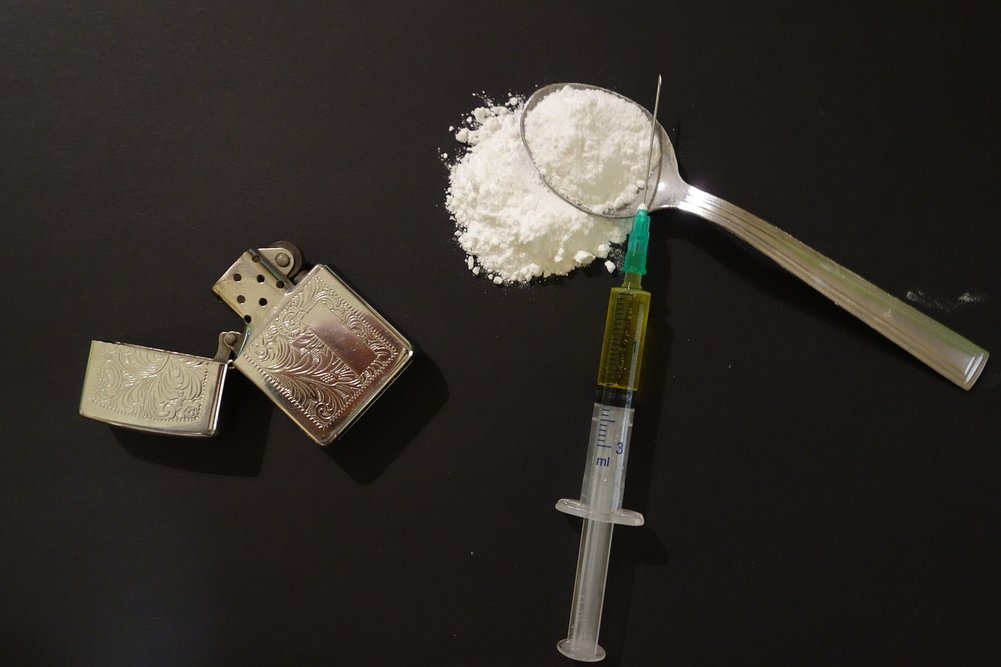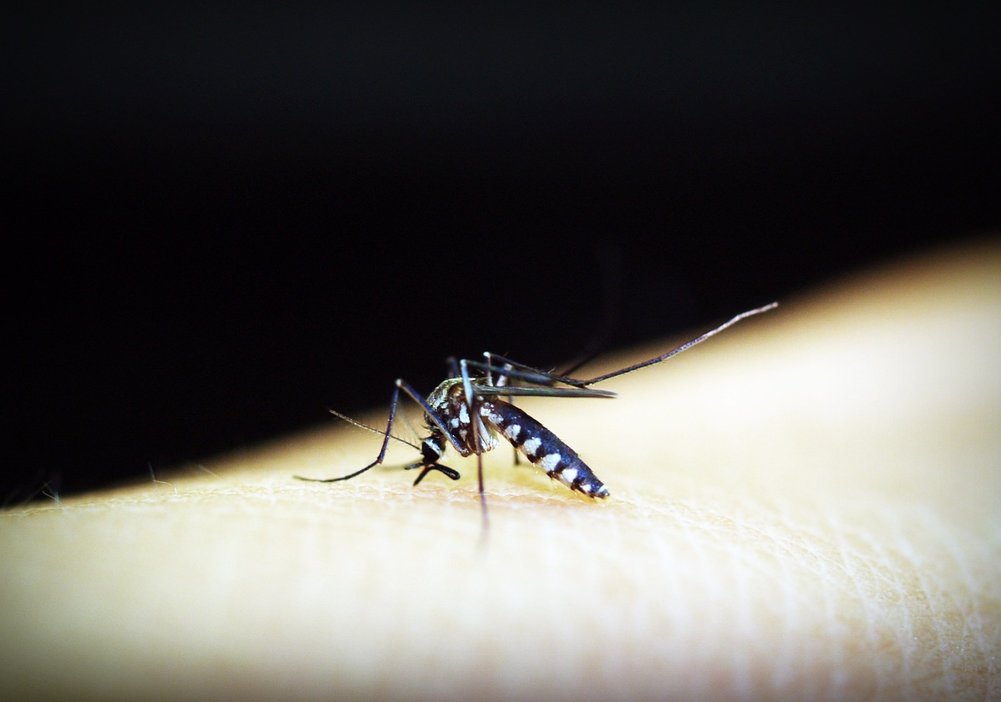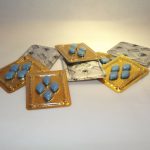Stanford University bioengineers have found a way to produce noscapine, a non-narcotic cough suppressant with potential anticancer properties, in brewer’s yeast. The researchers inserted 25 foreign genes into the yeast to turn it into an efficient factory for producing the drug that naturally occurs in opium poppy.
“This is a technology that’s going to change the way we manufacture essential medicines,” Christina Smolke, Ph.D., professor of bioengineering and senior author of the study for Stanford News Center.
Noscapine is a drug discovered in the 1930s, which has been widely used since the 1960s. Additionally, preclinical trials suggest it has potential as an anticancer drug its low toxicity to healthy cells compared to currently available chemotherapy drugs.
Tons of noscapine are extracted annually from the opium poppy, which take a year to mature. The poppy industry requires controls and restrictive regulations while the plants can only be legally grown in a concentrated geographical area. Half of all poppy produced for noscapine are in Australia, and the rest are mostly in India, France, Turkey and Hungary. Another downside of naturally occurring noscapine is the complicated separation process from numerous molecular companions and narcotics.
In 2015, researchers published details on a similar system for generating opioids from the yeast. The new research, published in the journal Proceedings of the National Academy of Sciences, however, could be a big step toward the synthesis of plant-based drugs without having to cultivate the actual plants. This process could sidestep regulatory complications associated with the cultivation of opium poppy.
“Traditionally, we’ve gotten our medicines from the natural world, mainly from plants. But the plants’ molecular assembly lines have evolved to optimize the plants’ survival, not to churn out buckets of one substance we humans want to get our hands on,” said Smolke.
The bioengineers used genes from poppy, other plants, and even from rats to engineer the brewer’s yeast with over 30 “new” enzymes. Additionally, the researchers modified genes and the medium in which the yeast proliferates. The result was an 18,000-fold improvement in noscapine output, compared with what could be obtained in standard conditions.
Brains of mammals are efficient at producing the neurotransmitter dopamine. “The rat genes are used to create the biosynthetic machinery for making dopamine in the yeast cells,” Smolke said. “Dopamine is a building block of the drug molecule being produced so that the biosynthetic machinery encoded in the plant genes then work to convert dopamine to noscapine.”
Overall, the new study provides knowledge for simpler and more efficient production of noscapine, hopefully resulting in an expanded supply and lower prices. If the process can be adapted to other medicines, it could become an important part of a new system for manufacturing drugs.
“We’re moving to an age where we can borrow nature’s medicine-manufacturing processes and, using genetic engineering, build miniature living factories that make what we want,” said Smolke.
The Stanford team hopes to further improve the efficiency and achieve commercial-scale capacity. Smolke is the chief executive officer at Antheia Inc., a biotechnology company which is working to commercialize noscapine production.
“We are working on a number of things,” Smolke said. “One, further optimizing and scaling the process so that it can be moved into commercial-scale manufacturing. Two, taking the technology and applying it to different plant-derived medicines. And three, leveraging the cell platforms to make novel medicines.”
Learn more about the poppy industry and Smolke’s drug solution in the video below:
By Andreja Gregoric, MSc










